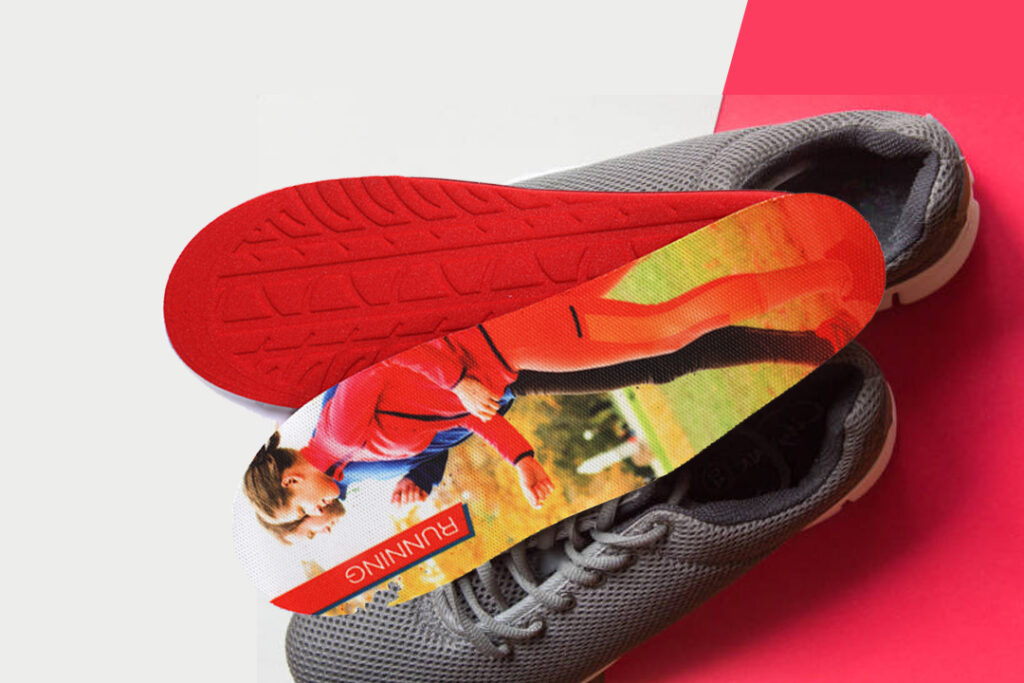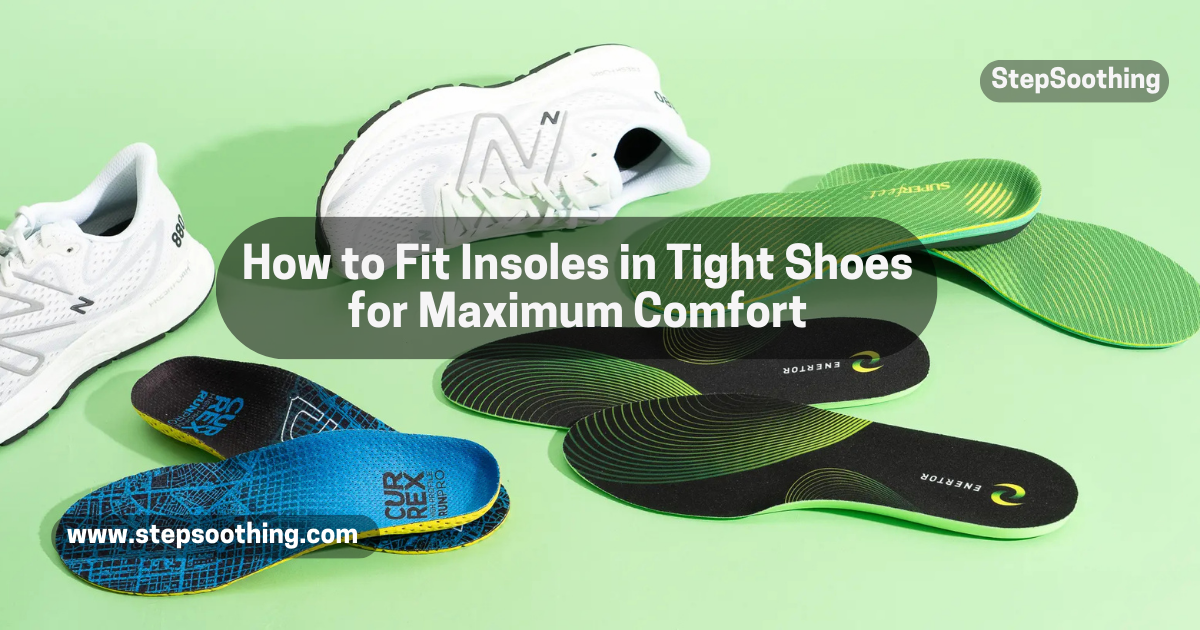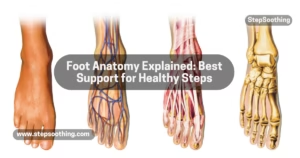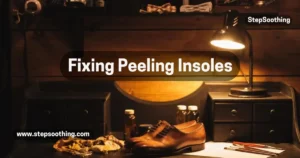Finding the right insoles for tight shoes can be challenging. Whether you’re dealing with foot pain, arch fatigue, or instability, adding the right support and cushioning can make a world of difference. But what happens when your footwear doesn’t have enough space for a full-length insole? Don’t worry—we’ve got you covered! This guide will walk you through everything you need to know about fitting insoles into narrow fitting shoes, trainers, hiking boots, dress shoes, casual shoes, cleats, and even fashion boots.
How to Fit Insoles in Tight Shoes

Choosing the Right Insoles for Tight Shoes
Not all insoles are designed for tight shoes. When space is limited, it’s best to go for ¾-length insoles like Superfeet Everyday Women’s ¾, Superfeet Everyday Men’s ¾, Orthaheel Relief 3/4-Length Insoles, and FootHealth EveryDay ¾. These provide arch support without taking up too much space in the toe box. If you prefer a full-length orthotic, opt for Spenco RX Thinsole 3/4-Length Orthotic Arch Support Insoles, Superfeet Black Insoles, or Pedag Viva Low Arch Orthotic Insoles, which are designed for minimal room inside shoes.
For athletic shoes, trainers, and hiking boots, a firm arch support like Superfeet Blue Insoles or Currex Insoles can offer better stability without making the shoes feel too tight. Those with high arches should consider Pedag Viva High Arch Orthotic Insoles, while those with a low arch can go for Superfeet Easyfit Women’s ¾ or Pedag Viva Low Arch Orthotic Insoles to prevent arch pain.
Preparing Your Shoes for Insoles
Before inserting new insoles, check if your shoes have removable in-socks or a removable inlay. Taking them out creates more space, making it easier to accommodate full-length orthotics like Orthaheel Relief Full-Length Insoles or Superfeet GO. If the insole is non-removable, opt for a ¾ orthotic instead.
If your shoes still feel tight, consider stretching them. Using a shoe stretcher or wearing them with thick socks for a few hours can help. Dress shoes, brogues, oxfords, and slip-ons often have less room, so you may need low volume insoles like Superfeet Easyfit High Heel Insoles to avoid cramping your toe area.
Trimming Insoles for a Better Fit
Some insoles need trimming to fit perfectly. Brands like Pedag, Tacco, and Four Seasons provide a cutting guide to help you shape the insole to your shoe. When trimming, follow these steps:
- Trim a little at a time, starting from the front and sides.
- Test the fit before making further cuts.
- Ensure the insole doesn’t bunch up in the toe area or slip forward.
For tight shoes, a precise fit is essential. Spenco RX Comfort Insoles and Superfeet Black Insoles are great options for slim fit dress shoes, as they provide support while maintaining space.
The Right Way to Insert Insoles in Tight Shoes
Once your insoles are the right size, it’s time to insert them correctly:
- Position the insole inside the shoe, aligning the heel cup properly.
- If using gel inserts for forefoot cushioning, place them in the toe area first.
- If your insoles have an adhesive strip, press them down firmly to prevent shifting.
- Walk around to check for any discomfort or heel slip.
For high heels, consider Superfeet Everyday High Heel Insole or 9-5 Heels Insoles, which are designed for a heel height of 1 ½” (4cm). These help reduce heel pitch and prevent excessive pressure on the ball of the foot.
Adjusting for Foot Conditions and Comfort
Certain foot conditions require condition-specific insoles. For example:
- Plantar fasciitis, heel pain, and Achilles tendonitis – Opt for deep heel cup insoles like Superfeet Easyfit Men’s ¾ or Pedag Viva Orthotic Insoles for added support.
- Metatarsalgia and neuroma – Use metatarsal pads or Superfeet Easyfit Women’s ¾ to reduce pressure on the forefoot.
- Bunions and arch pain – Medical grade custom orthotics or full-length orthotics like Superfeet Blue Insoles offer long-term relief.
For those with bow-legged, knock-kneed, or pigeon-toed gait, a gait analysis by a Certified Pedorthist at Solelytics can help determine the right custom orthotic solutions for footwear fit.
Alternative Solutions for Tight Shoes
If your tight shoes still don’t fit comfortably after adding insoles, consider:
- Switching to low volume custom orthotics for a more tailored fit.
- Using foot stretchers to widen the shoe slightly.
- Choosing medical grade custom orthotics for severe foot conditions.
- Opting for sandals, flip flops, or clogs that allow more freedom for your feet.
For a balance between fashion vs. function, Superfeet GO (2019) and Superfeet Black Insoles are great options for those wanting both comfort and style.
Final Thoughts
Fitting insoles into tight shoes doesn’t have to be a struggle. Whether you wear trainers, hiking boots, dress shoes, winter boots, or slim fit dress shoes, the right insoles, cushioning, and arch support can make all the difference. Brands like Superfeet, Pedag, Orthaheel, and Spenco offer a range of full-length orthotics, ¾ orthotics, and prefabricated solutions to match your needs.
By choosing the right insoles, trimming them correctly, and ensuring proper footwear fit, you can enjoy better support, stability, and stress reduction—keeping your feet happy all day long!
People Also Ask
How do you make shoe insoles fit?
To make shoe insoles fit, start by checking if your shoes have removable in-socks or a removable inlay. If they do, take them out to create more space. If the insoles are too big, use a cutting guide and trim them from the front, sides, or toe area to match the shoe’s shape. Always trim a little at a time and test the fit before making further cuts. For tight shoes, opt for low-volume, ¾-length insoles like Superfeet Black Insoles or Orthaheel Relief 3/4-Length Insoles to avoid cramping.
How can I make my shoes fit tighter?
If your shoes feel too loose, insoles can help create a snugger fit. Full-length orthotic insoles like Superfeet Blue Insoles or Pedag Viva Orthotic Insoles add cushioning and arch support, reducing extra space inside the shoe. Adding heel cups, metatarsal pads, or forefoot cushioning can also help if the shoe is loose in specific areas. If insoles aren’t enough, try wearing thicker socks, using heel grips, or adjusting the laces for a tighter fit.
How to get insoles to stay in shoes?
To keep insoles from moving inside the shoe, make sure they fit properly without excess space. Many insoles come with an adhesive strip to secure them in place. If your insoles lack adhesive, you can use double-sided tape or shoe glue for extra grip. If your shoes have a removable inlay, place the insole underneath it to help hold it in position. Choosing a well-fitting full-length orthotic like Orthaheel Relief Full-Length Insoles or Spenco RX Comfort Insoles can also prevent shifting.
Will insoles make shoes fit tighter?
Yes, insoles can make shoes fit tighter by taking up extra space inside the shoe. Thicker insoles like memory foam options or Superfeet Everyday High Heel Insole add cushioning, which reduces looseness. However, if your shoes are already tight, adding insoles might cause discomfort. In that case, opt for ¾-length insoles like Superfeet Easyfit Women’s ¾ or Pedag Viva Low Arch Orthotic Insoles to avoid overcrowding the toe box.
How do you resize insoles?
To resize insoles, use a cutting guide or trace your shoe’s existing insole onto the new one. Trim the front and sides gradually, making small cuts to ensure a precise fit. For tight shoes, opt for low-volume insoles like Superfeet Black Insoles or Currex Insoles, which require minimal adjustments. If the heel area is too wide, consider using heel grips or heel cups to create a better fit. Always test the insole inside the shoe before finalizing the cuts.
Related Articles:
Dr Scholls custom Fit number meaning



